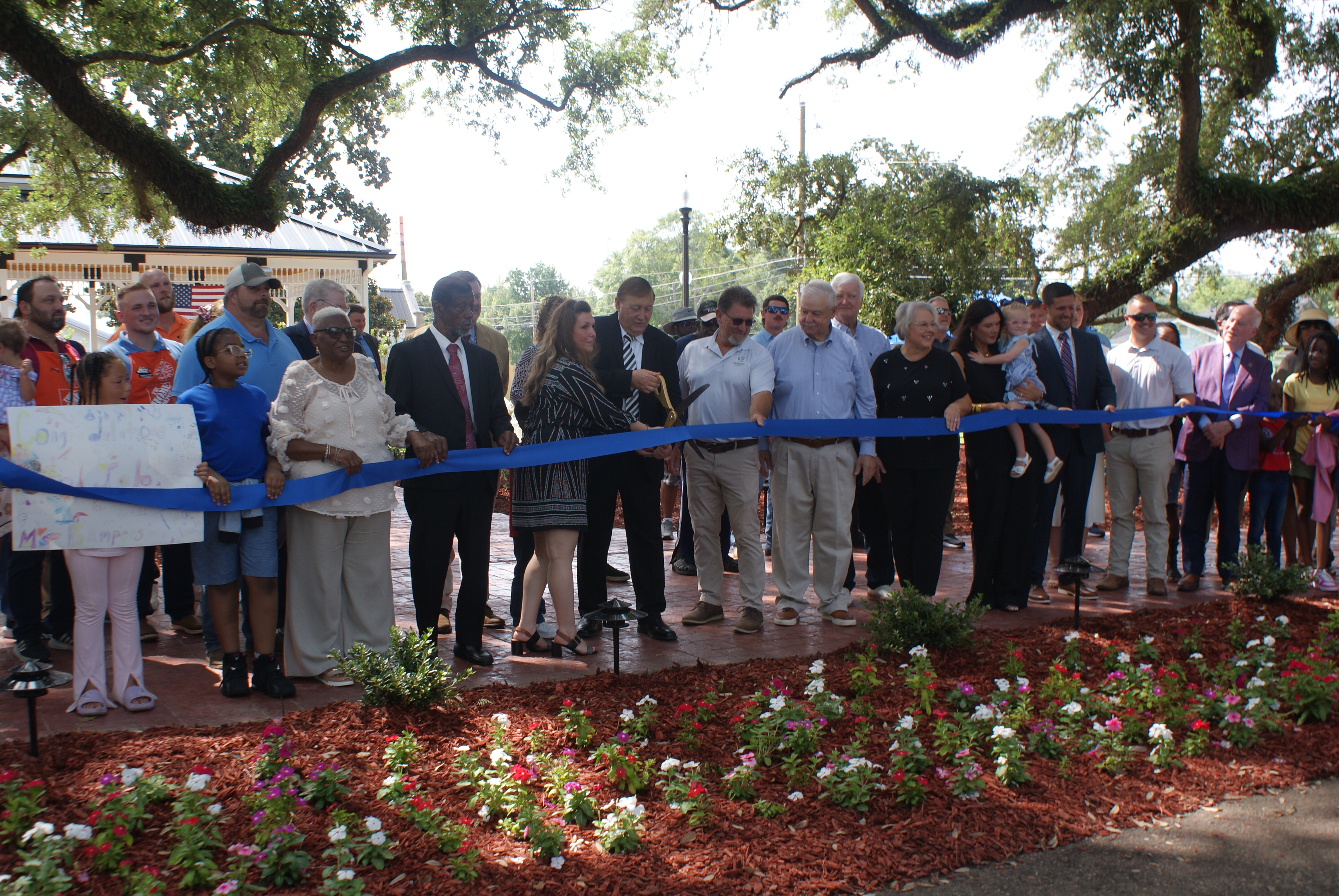Sandifer says school board won’t ask for additional taxes
Published 2:41 pm Friday, June 22, 2012
City school district financial director Samantha Sandifer said on Wednesday the school district will not ask for additional taxes to support the 2012-2013 budget, remaining in line with sentiments expressed by the school board that members don’t want to increase taxes to support the new school budget.
Currently, school taxes for the Poplarville Special Municipal Separate School District run a total of 57 mills, which will generate about $47 per month from a home valued at $100,000, the finance director said.
Sandifer said a projected half-million-dollar difference in expenses over revenue will be absorbed from a strong fund balance the school board maintains. The school board is hammering out its 2012-2013 new school budget. The school board’s new fiscal year runs from July 1, 2012, to June 30, 2013. Sandifer said the school district right now has a fund balance that is 17 percent of expected revenue and the state requires a seven percent fund balance. She said school board policy is to maintain at least a 15 percent fund balance.
Sandifer outlined a school system that right now seems solid financially with a healthy fund balance, but she pointed out that the system has absorbed, since 2008, an estimated $2 million in state funding cuts and has not increased its millage request for maintenance over the last 10 years.
She said state cuts have impacted the district since state funding, which is called the Mississippi Adequate Education Program, or MAEP, makes up more than 50 percent of Poplarville’s school budget.
Sandifer’s presentation during the public hearing is required by state law and was attended not only by the board, which held a short session, but by about 10 concerned citizens, some of whom asked questions about the budget.
Of the 57 mills currently applied, Sandifer said 54 are dedicated to system maintenance and three mills to the retirement of a bonded indebtedness.
She said that the school board could, by law, request another mill for support, but the board had indicated to her that members wanted to “hold the line” on taxes.
At the last board meeting, member and board vice president Samuel Gentry said he did not want to ask for additional millage right now. He said taxpayers are experiencing hard times, too.
Sandifer said that the board will request $5.1 million in local funding from district taxpayers to support the budget. That request will go into supervisors in July, she said. Supervisors will then apply the millage to collect the taxes.
Tax assessor-collector Gary Beech has told supervisors that property values are down, so the same millage applied this year might collect less than what it generated last year.
Total revenue, she said, expected for the new budget is $17.9 million. That amount is made up of $5.1 million generated from local ad valorem taxes, $9.4 million from state funding, $2.8 million from the federal government, and $396,170 from timber sales and hunting leases on 16th section school lands.
She said total expected expenditures will run an estimated $18.3 million. That is made up of $9.6 million for teacher salaries, $7.1 million for support services, $56,615 in 16th section land expenses, $202,629 for facilities and acquisitions, and $177,651 for debt service.
Expenses, she said, are projected to be $425,889 more than projected revenue, which will be made up by dipping into the fund balance.
She told those attending the hearing that the school district’s student population is hovering around 2,000, and that the school system is in solid financial health right now.
Breaking down the revenue portion of the budget, she said 28.83 percent comes from local property taxes, 52.93 percent from state funding, 16.03 percent from federal funds and 2.21 percent from 16th section land revenues.
She said that teacher salaries and benefits make up almost 75 percent of the budget, and that the district will have to spend $200,000 in the new fiscal year to purchase new text books.
The district also will have to absorb an increase in retirement costs, which will rise from 12 to 14 percent this year, said Sandifer.





